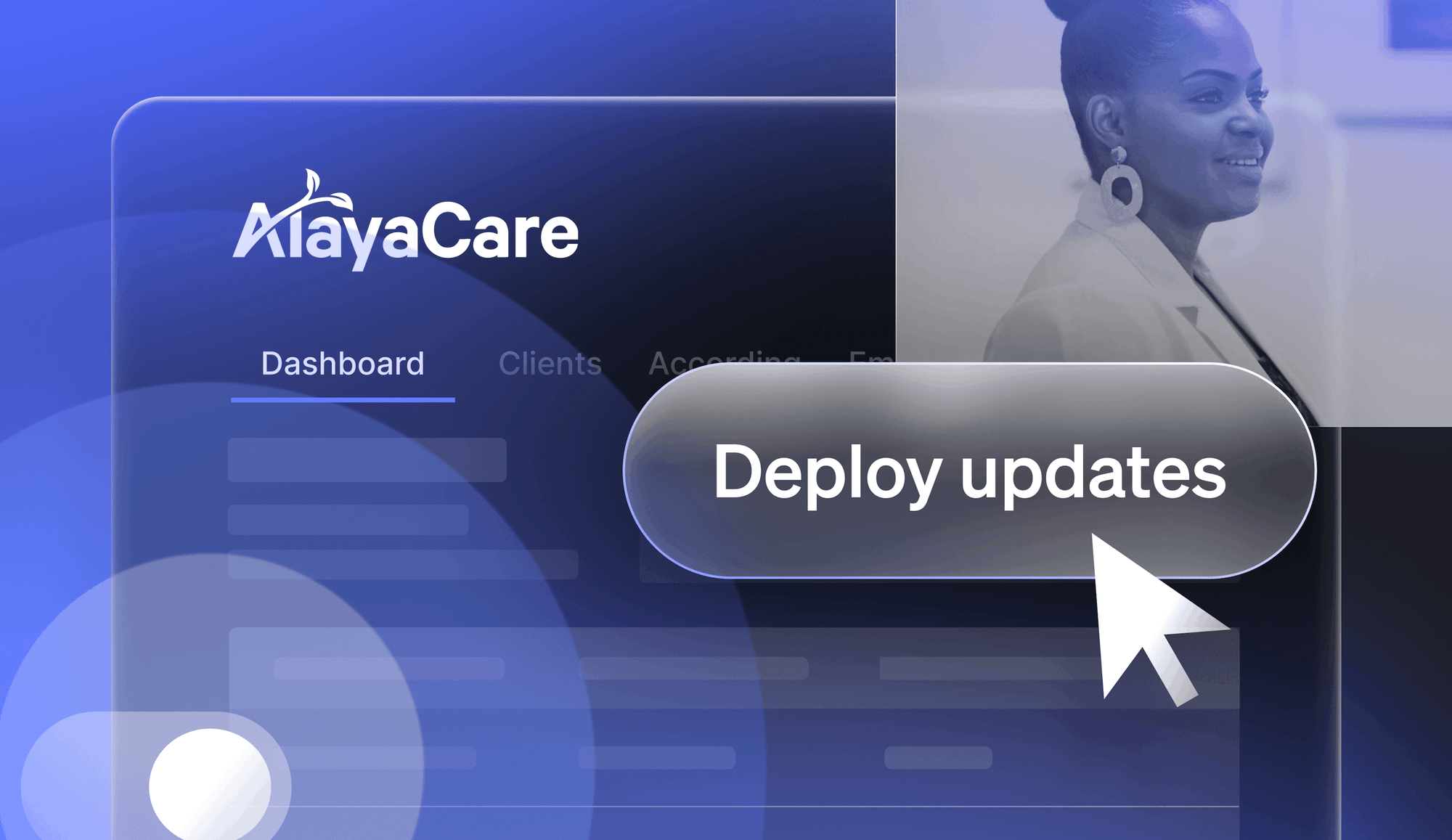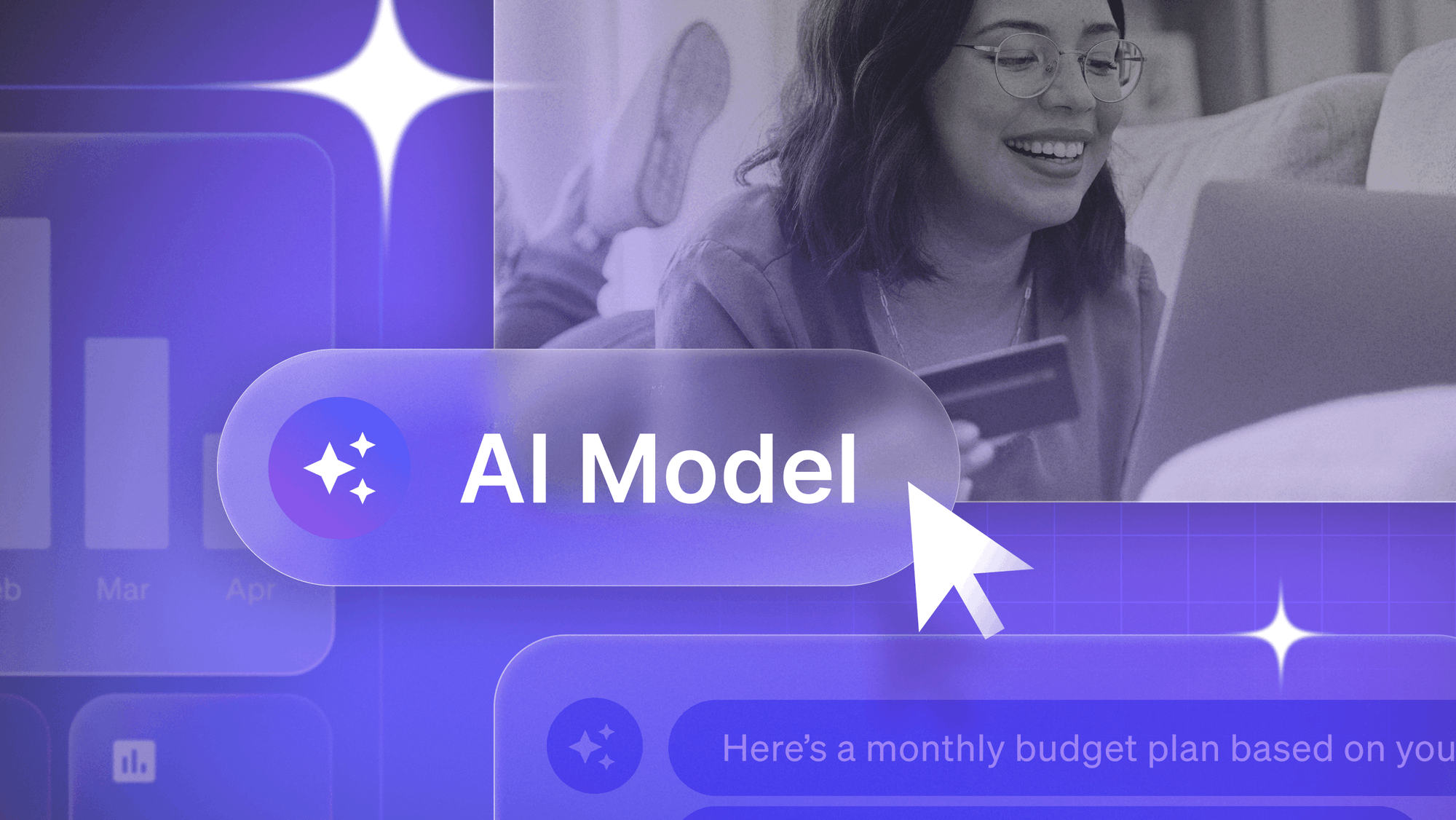The market for software developers is incredibly competitive, and the shift to remote work during the pandemic has created new challenges and opportunities for those looking to scale engineering teams.
We wanted to understand what leaders are doing to recruit and retain talent in this new landscape, so we invited Shannon Hogue, Head of Solutions Engineering at Karat and Chris Kirby, VP of Engineering at StockX, to join LaunchDarkly’s CTO and cofounder, John Kodumal, to discuss their learnings over the past year.
Watch the full session here, or check out our highlights below.
Rethink recruiting and interviewing
Like many connections, meeting engineers used to happen in person at conferences, meetups, and other networking events. Though virtual events vastly differ from in-person experiences, the panelists discussed how they remain important for recruiting and awareness.
Chris suggested that the virtual format offers a new opportunity for engineers—who may not have signed up to speak before—to present at conferences and network with new communities. He shared that a recent focus on virtual STEM panels hosted by universities has been a successful way to reach up-and-coming engineering talent.
Karat’s business is to support engineering leaders with talent acquisition, and Shannon shared insights on creating positive candidate experiences to help gain an edge. Now more than ever, she says, is the time to ensure that hiring practices are equitable and scalable. She recommends using a consistent rubric for interviews and shifting away from whiteboard-style questions to knowledge-based questions that promote diversity in thought.
The panelists echoed the theme of culture as a differentiator—if not table stakes—for attracting and retaining engineers. Ensuring a diverse talent pool, equitable interview processes, and bias training for employees are a few practices that are foundational to creating a culture of inclusivity where teams can innovate.
Carve out time for learning and growth
A culture of innovation requires engineers to share ideas and learn about new technologies. Shannon recommends carving out a percentage of each engineer’s time to work on side projects. Creating space for engineers to get excited about new technologies provides growth and professional development which makes for happier employees, and in turn enables your organization to adopt best-in-class tools and practices.
For instance, the engineers at StockX host a bi-weekly show-and-tell for teams to learn about what one another are working on. In addition to sharing internally, StockX engineers are encouraged to talk about what they are doing externally at conferences and community events. In fact, Kyle Schrade, Senior Software Engineering at StockX, recently spoke at LaunchDarkly’s user conference, Galaxy, about combining the feature management platform with GraphQL to ship new code to mobile apps instantly. You can check out Kyle’s presentation here. Another channel Chris’ team recently launched to engage with the community and potential candidates is the StockX engineering blog.
Standardize without stifling innovation
When it comes to software release practices and tools, standardization may seem like an antithesis to innovation. But standardization becomes increasingly important as engineering teams grow, and adapting your team structure can help retain efficiency.
At StockX, a platform engineering team helps balance autonomy with consistency by vetting tools that are critical to engineering pipelines and rolling them out to the various application teams to ensure best practices.
Outside of tools and processes governed by the platform team, engineers have flexibility to use technologies of their choice. LaunchDarkly, for example, is managed by StockX’s platform team to give engineers more flexibility and control around feature releases. Adopting intuitive tools that help developers do their jobs improves both productivity and retention.
Shannon reminds us that even standardization can be an innovative process. Like Chris’ teams at StockX, organizations should be clear about where there is flexibility and what needs to be standardized. Leaders should always be looking to improve efficiency and effectiveness, and part of that is understanding that standardization should evolve over time just like technology does.
There were so many great insights as part of this discussion that aren’t covered in this post, so check out the full recording if you can. And if you’re interested in how LaunchDarkly can help give your organization more flexibility and control while promoting consistent release practices, contact us today.






.png)








